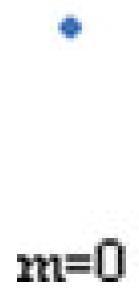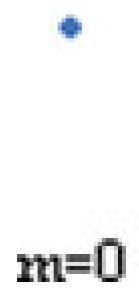
Why the Logical Hexagon? (2012), p. 84
by Moretti, Alessio

Copyright according to our policy
Caption
- $\textit{n}$-contrariety as simpliciality of dim. $\textit{m}$
- Aristotelian family
- Non-Sigma
- Boolean complexity
- 2
- Number of labels per vertex (at most)
- 0
- Uniqueness of the vertices up to logical equivalence
- Yes
- Errors in the diagram
- No
- Shape
- Single Vertex (regular)
- Colinearity range
- 0
- Coplanarity range
- 0
- Cospatiality range
- 0
- Representation of contradiction
- N.A.
Logic
Geometry
- Conceptual info
- Yes
- Mnemonic support (AEIO, purpurea ...)
- No
- Form
- dots
- Label type
- none
- Contains definitions of relations
- No
- Form
- none
- Has arrowheads
- No
- Overlap
- No
- Curved
- No
- Hooked
- No
- As wide as vertices
- No
- Contains text
- No
- Label type
- none
Vertex description
Edge description
- Diagram is colored
- Yes
- Diagram is embellished
- No
Style
Additional notes
- The negation closure of this diagram is a sigma-1 (PCD).
The Boolean complexity of 2 depends on the assumption that the element in the diagram is contingent. If it is non-contingent, then the Boolean complexity can be 1 (in case verum and falsum are separate) or 0 (in case verum and falsum coincide).